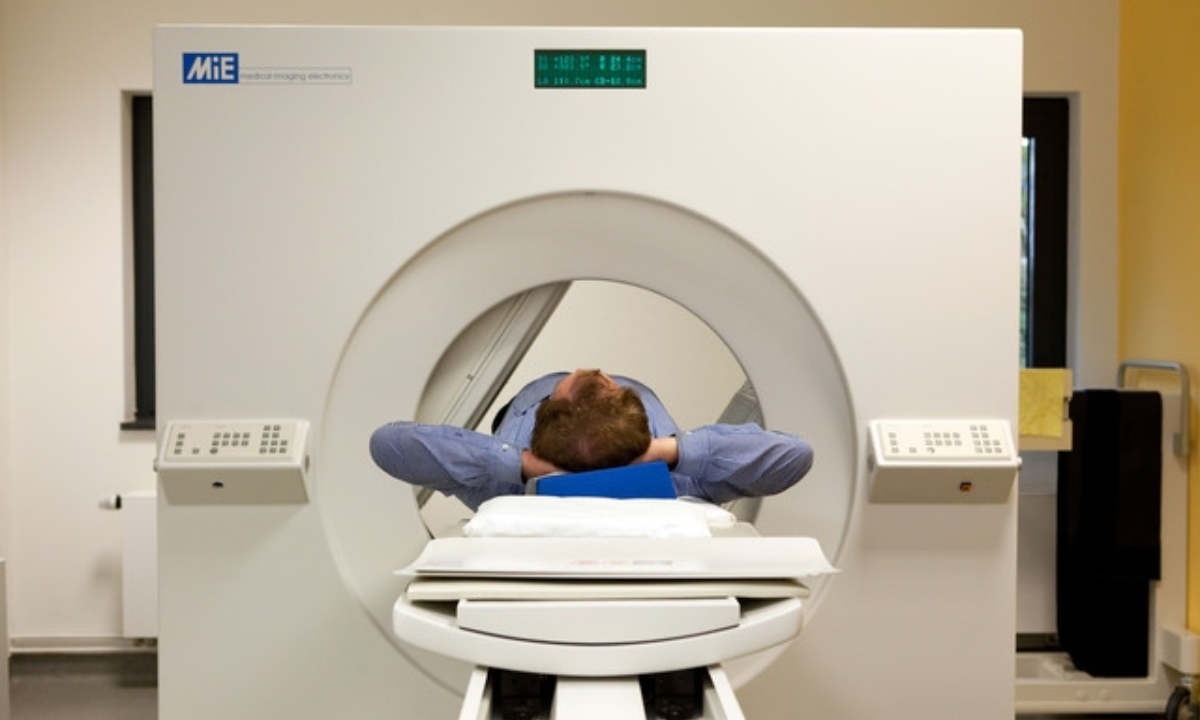Welcome to our complete review of SPECT and its applications in medical imaging. In this post, we will look at the intriguing topic of Single Photon Emission Computed Tomography (SPECT) and how it is used to diagnose a range of medical conditions.
Consider a device that allows doctors to monitor organ and tissue function without requiring invasive procedures. SPECT provides precisely that. This non-invasive nuclear imaging technique employs a gamma camera and a radioactive tracer to generate detailed, three-dimensional images of the body that provide critical information to healthcare providers.
Using the terms “SPECT” and “medical imaging,” we ensure that search engines recognize the article’s importance while avoiding keyword stuffing and effectively engaging readers. In addition, for those interested in this advanced diagnostic service, we will show you where to acquire a SPECT scan in Bangalore, a city famed for its cutting-edge medical facilities.
Join us as we look at the operation and applications of SPECT, emphasizing its importance in enhancing medical diagnosis and care.
How does SPECT work?

SPECT detects gamma rays released from a patient’s body following the injection of a radiopharmaceutical. This material, specifically tailored for the organ or tissue under evaluation, emits gamma rays that are caught by a revolving gamma camera. The camera captures several photos from various angles, which are then reassembled using complex computer techniques to produce a detailed 3D model of the organ’s function and structure. This enables healthcare providers to spot irregularities or faults that would not be visible using traditional imaging techniques, leading in more accurate diagnosis and treatment plans.
SPECT imaging uses a variety of radiotracers to target certain organs or activities. Technetium-99m, for example, is widely used to detect areas of high metabolic activity, such as tumors or inflammation. Tailoring the radiotracer to the patient’s state provides precise insights into physiological processes, improving SPECT diagnostic capabilities.
Those looking for advanced diagnostic services can obtain SPECT scans and CT scans in Bangalore, a city known for its cutting-edge medical facilities. This enables healthcare professionals to make more informed decisions and deliver personalized patient care.
Advantages of SPECT in Medical Imaging
SPECT stands out in medical imaging because it offers several advantages over other modalities. One notable advantage is that it can reveal functional and structural information on the body’s organs and tissues. This dual feature allows clinicians to observe anatomical defects while also examining organ function, resulting in a complete picture of the patient’s health. This integrated data enables more accurate diagnoses and educated treatment options.
SPECT’s high sensitivity enables it to detect minute changes in organ function that other techniques may miss. This is critical for early disease identification, such as recognizing tiny lesions or metabolic anomalies in cancer, which could lead to earlier intervention and better patient outcomes.
Furthermore, SPECT is reasonably priced, making it a viable option for healthcare facilities looking to provide high-quality care while keeping costs under control. The variety of radiotracers available allows for more customized imaging procedures, which increases diagnostic accuracy. With its broad functional insights, sensitivity, and cost-effectiveness, SPECT is a versatile and valuable medical imaging technology.
SPECT Against Other Medical Imaging Techniques
SPECT sets itself apart from other medical imaging technologies such as CT and MRI. Unlike CT and MRI, which concentrate on the structural features of tissues, SPECT excels in functional imaging. It provides essential insights into physiological processes within organs and tissues, allowing for the detection of illnesses that impede organ function, such as heart disease and neurological disorders.
Another important characteristic of SPECT is the ability to target specific physiological functions with radiotracers. This enables real-time monitoring of metabolic processes, blood flow dynamics, and cellular activity, which static imaging modalities like CT and MRI cannot fully capture. SPECT’s functional imaging capabilities make it critical for detecting and monitoring illnesses that necessitate changes in organ function.
Furthermore, SPECT can supplement CT or MRI by combining structural pictures with functional data. This multimodal method improves diagnostic accuracy and treatment planning by offering a more complete picture of the patient’s health. By harnessing these features, SPECT establishes itself as a versatile and valuable tool in therapeutic situations.
SPECT Imaging Equipment and Technology
SPECT imaging relies on specialized equipment and technology created specifically to detect and handle gamma-ray emissions. The gamma camera, a very sensitive piece of equipment that detects gamma rays emitted by a radiotracer within the patient’s body, is crucial to SPECT. The gamma camera, which is made up of many detectors, spins around the patient, capturing images from every aspect to provide a complete picture of the organ or tissue under inquiry. These detectors convert gamma-ray signals into electrical impulses, which are subsequently processed by a computer to provide detailed images.
The selection and delivery of radiopharmaceuticals that emit quantifiable gamma rays is critical for SPECT imaging. These medications are chosen for their affinity for specific tissues or processes in the body, which allows the imaging method to be precisely tailored to the patient’s circumstances. The radiopharmaceutical is often administered intravenously or orally, causing the gamma camera to detect the emission of gamma rays and begin imaging.
Computer breakthroughs have greatly improved SPECT image reconstruction. Complex algorithms convert raw data into detailed 3D images, providing clinicians with a thorough grasp of organ function and anatomy, as well as the ability to diagnose and schedule treatments precisely. This integration of cutting-edge technology positions SPECT as a leading medical imaging modality.
Conclusion: The Use of SPECT in Medical Diagnosis and Therapy
To summarize, SPECT is a key medical imaging tool that gives doctors valuable information about organ and tissue function. By combining functional and structural information, SPECT allows for more exact diagnosis, ongoing illness monitoring, and therapy effectiveness evaluation. SPECT’s capacity to detect minute changes in organ function, together with its low cost and compatibility with other imaging modalities, make it a valuable clinical tool.
As technology advances, SPECT’s capabilities are expected to improve, increasing its diagnostic and therapeutic value. Using these improvements, healthcare providers in Bangalore can combine SPECT and CT scans to give more targeted and efficient care, hence improving patient outcomes and quality of life. SPECT’s increasing integration into medical practice emphasizes its critical role in defining the future of diagnostic medicine by giving patients more precise and tailored therapy routes.
Kiranpet Diagnostic Centre offers comprehensive medical imaging and diagnostic services, providing accurate and timely results to support patient care. contact us today +91 70902 70904







